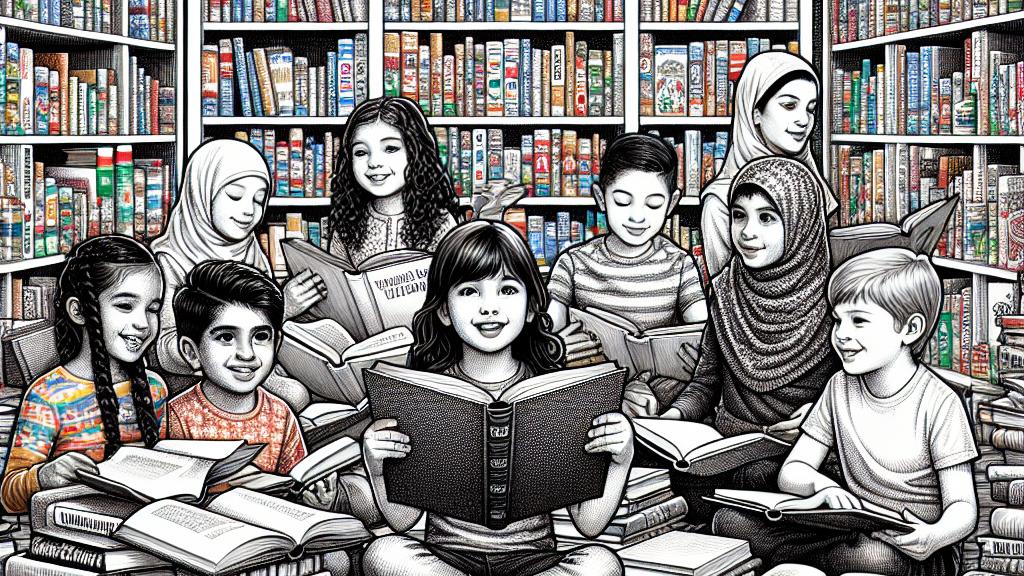Understanding Children's Engagement with Dual-Language Books
Overview
- A groundbreaking study reveals how children interact with dual-language books.
- Surprisingly, over 52% of students prefer engaging with both languages simultaneously.
- Targeted instructional strategies are crucial to fully unlocking the benefits of dual-language literacy.

Investigating the Study's Focus
In a remarkable study conducted by Assistant Professor Lisa Domke in the United States, researchers explored the fascinating world of dual-language books (DLBs) among young readers. The study involved 63 bilingual students from Spanish and English backgrounds, ranging from third to fifth grades. It aimed to uncover which languages students felt most comfortable using while reading and how their language preferences were shaped by their home lives and educational experiences. This knowledge serves as a vital resource for educators looking to enhance bilingual literacy instruction.
Fascinating Findings Uncovered
The findings were both enlightening and encouraging! An impressive 52% of participants embraced the challenge of navigating both languages while reading, defying the traditional assumption that students would gravitate solely towards their dominant language. These children made thoughtful language choices based on their interests and comprehension levels. For instance, younger students often relied on visual cues, noticing word placement and punctuation to aid their understanding. In contrast, older students utilized their background knowledge, drawing connections between similar words in both languages to enrich their translations. This variability among strategies underscores the dynamic ways children interact with dual-language texts!
Significance for Educators and Future Directions
Domke’s findings highlight an essential truth: while dual-language books can be powerful educational tools, they are most effective when paired with structured and engaging instructional strategies. Simply placing these books in front of students with high hopes is unlikely to maximize their potential. Educators are encouraged to implement interactive teaching methods that actively involve students, such as group discussions or language games, centered around dual-language texts. These strategies not only promote richer language exchange but also help students draw meaningful connections between languages. By fostering a vibrant and supportive bilingual learning environment, teachers can empower children to fully engage in their multilingual journeys, turning the study of languages into a thrilling adventure!

Loading...